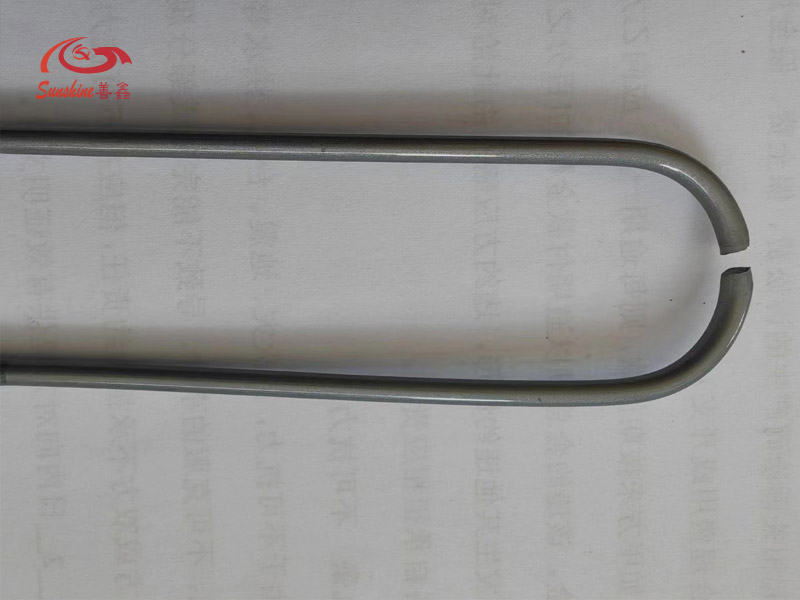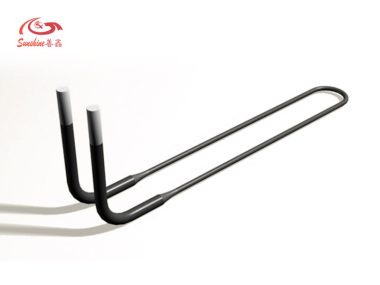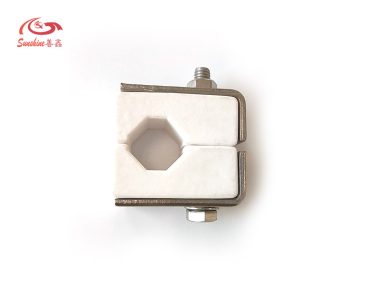MoSi2 heater rod is a type of molybdenum disilicide resistance element that can withstand high temperatures and corrosive atmospheres. They have a self-forming protective layer of silica that prevents further oxidation.
Sin embargo, las barras calefactoras MoSi2 también tienen algunas limitaciones, como:
1. Son frágiles y propensos a daños mecánicos.
2. Tienen un alto coeficiente de expansión térmica, lo que puede causar tensiones térmicas y fisuras.
3. Tienen un coeficiente de temperatura negativo de resistencia, lo que significa que su resistencia disminuye a medida que aumenta la temperatura. Esto puede provocar una corriente y un consumo de energía excesivos.
4. Son sensibles al choque térmico, especialmente cuando se calientan o enfrían rápidamente.
5. Pueden reaccionar con ciertos gases, como monóxido de carbono, dióxido de carbono, vapor de agua, hidrógeno y dióxido de azufre, lo que puede reducir su vida útil.
Para evitar el daño causado por una carga superficial excesiva, analicemos el daño causado por una carga excesiva:
Causa del daño:
The mosi2 heater rod is in a high-load state for a long time during heating work, fatigue excessively, and mechanical fracture under the action of electromagnetic induction force when a large current passes through.
Ubicación del daño:
Parte en forma de U.

Fracture situation: The surface of the mosi2 heater rod looks good, the fracture position does not exceed the element limit temperature, and there are no impurities and cracks from the fracture cross-section (need a magnifying glass)
Solución:
1. Reduce the furnace operating load.
2.The element shape and size, which determine the heat distribution and mechanical stress of the element. You should choose an element shape and size that suits your furnace geometry and heating requirements.Replace the mosi2 heater rod with better load-bearing capacity.





